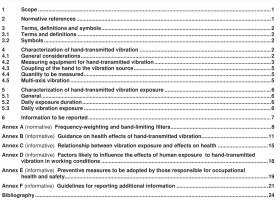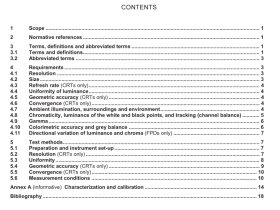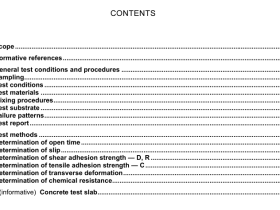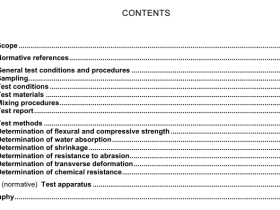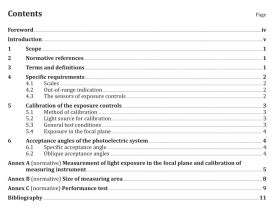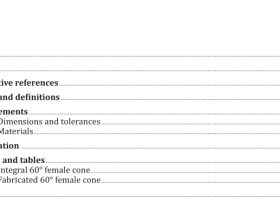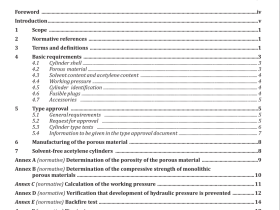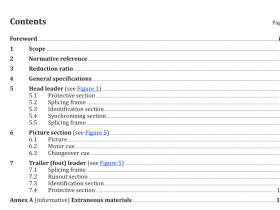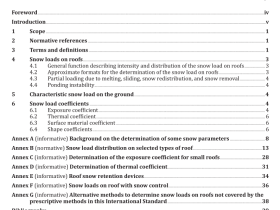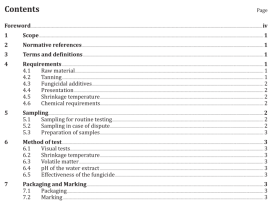ISO 7401 pdf download
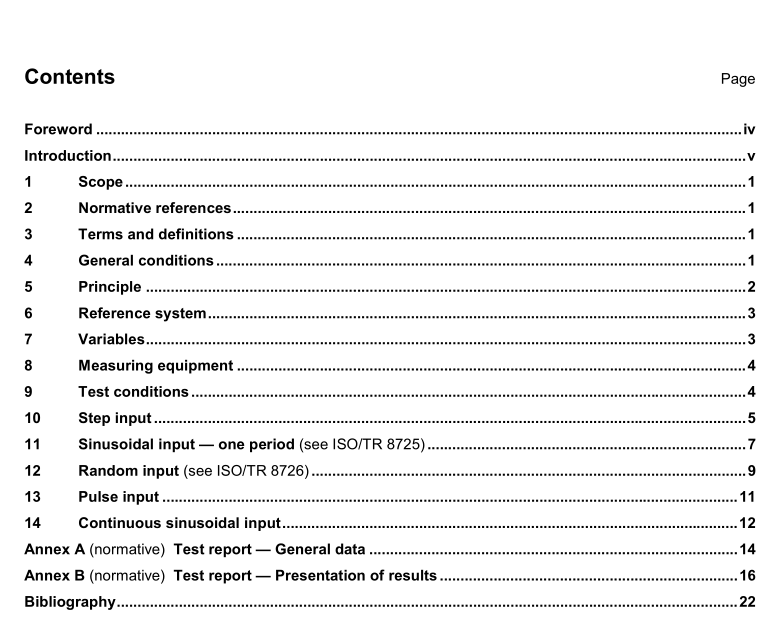
ISO 7401 pdf download Road vehicles — Lateral transient response test methods — Open-loop test methods
1 Scope
This International Standard specifies open-loop test methods for determining the transient response behaviour of road vehicles. It is applicable to passenger cars, as defined in ISO 3833, and to light trucks.
NOTE The open-loop manoeuvres specified in this International Standard are not representative of normal driving conditions, but are nevertheless useful for obtaining measures of vehicle transient behaviour in response to several specific types of steering input under closely controlled test conditions. For measurements of steady-state properties, see ISO 4138.
2 Normative references The following referenced documents are indispensable for the application of this document. For dated references, only the edition cited applies. For undated references, the latest edition of the referenced document (including any amendments) applies.
ISO 1176:1990, Road vehicles — Masses — Vocabulary and codes
ISO 2416:1992, Passenger cars — Mass distribution
ISO/TR 8725:1988, Road vehicles — Transient open-loop response test method with one period of sinusoidal input
ISO/TR 8726:1988, Road vehicles — Transient open-loop response test method with pseudo-random steering input
ISO 8855 1) , Road vehicles — Vehicle dynamics and road-holding ability — Vocabulary
ISO 15037-1:2006, Road vehicles — Vehicle dynamics test methods — Part 1: General conditions for passenger cars
3 Terms and definitions
For the purposes of this document, the terms and definitions given in ISO 8855 apply.
4 General conditions
The general conditions specified in ISO 15037-1 shall apply.
5 Principle
5.1 General IMPORTANT — The method of data analysis in the frequency domain assumes that the vehicle has a linear response; this is unlikely to be the case over the whole range of lateral accelerations of interest.
The standard method of dealing with such a situation is to restrict the input to a sufficiently small range such that linear behaviour can be assumed. If necessary, testing can be performed with several ranges of inputs that, together, cover the entire range of interest. The primary object of these tests is to determine the transient response behaviour of a vehicle. Characteristic values and functions in the time and frequency domains are considered necessary for characterizing vehicle transient response.
Important characteristics in the time domain are:
a) time lags between steering-wheel angle, lateral acceleration and yaw velocity;
b) response times of lateral acceleration and yaw velocity (see 10.2.1 and 10.2.2);
c) lateral acceleration gain (lateral acceleration divided by steering-wheel angle);
d) yaw velocity gain (yaw velocity divided by steering-wheel angle); and
e) overshoot values (see 10.2.3).
These characteristics show correlation with subjective evaluation during road driving.
Important characteristics in the frequency domain are the frequency responses, i.e. amplitudes and phases of:
⎯ lateral acceleration related to steering-wheel angle; and
⎯ yaw velocity related to steering-wheel angle.
